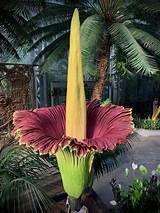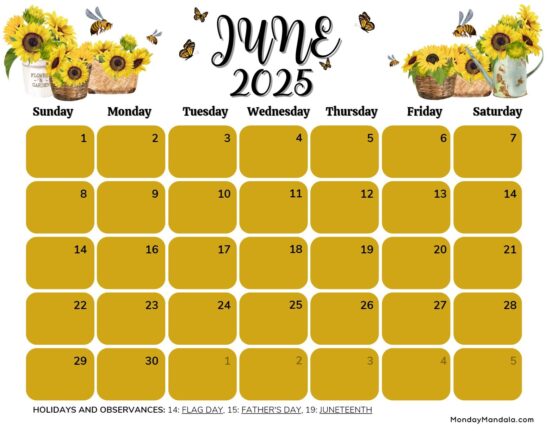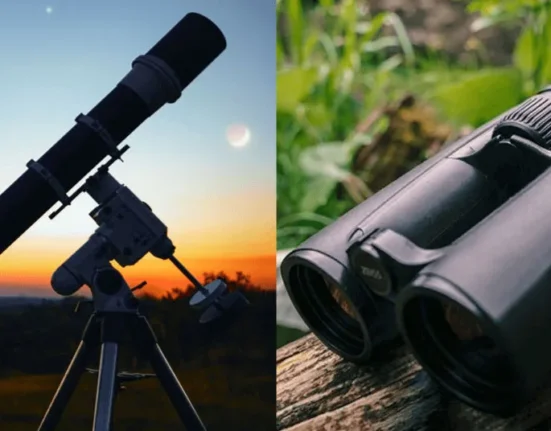In the world of botany, where every leaf tells a story and every flower holds a secret, there is a group of plants that stand out for their unique characteristics – the corpse flowers. These magnificent yet elusive blooms have long captivated scientists and nature enthusiasts alike with their putrid scent and rare appearances.
Recently, researchers at Northwestern University and the Chicago Botanic Garden delved into the world of corpse flowers to uncover a new threat lurking in the shadows – incomplete historical records. As they embarked on a journey to trace the ancestry of these captivating plants housed in various institutions and gardens globally, what they discovered sent ripples through the conservation community.
Among the myriad challenges facing these iconic flowers, one alarming revelation stood out – a glaring lack of consistent and standardized data. Without comprehensive historical records, conservationists found themselves navigating uncharted territory when it came to making vital decisions regarding breeding strategies and ensuring the longevity of these unique species.
Olivia Murrell, who spearheaded this groundbreaking study, expressed her concerns about the implications of dwindling genetic diversity within corpse flower populations. She highlighted how diminishing genetic variation could spell disaster for these plants in the long run, leading to decreased fitness levels and potentially dire consequences such as reduced pollen production or premature death post-flowering.
“Decreasing genetic diversity over time leads to a decrease in fitness.”
Murrell’s research shed light on some startling statistics – 24% of the studied corpse flowers were identified as clones, while another 27% were offspring resulting from unions between closely related individuals. Such findings underscored an unsettling trend towards inbreeding within these plant communities, raising red flags for their overall health and survival prospects.
As Murrell reflected on her journey from being a passionate master’s student in plant biology to a Ph.D. candidate deeply invested in conservation efforts at prestigious institutions across continents, she emphasized the critical role that robust data management plays in safeguarding vulnerable plant species like corpse flowers.
The enchanting allure of corpse flowers lies not only in their distinct aroma reminiscent of rotting flesh but also in their intricate evolutionary strategy to attract specific pollinators like flies and carrion beetles. This symbiotic relationship has been honed over centuries, culminating in an otherworldly experience when these blooms unfurl their majestic petals.
“The second you walk into its greenhouse, its smell smacks you across the face.”
Venturing into greenhouses hosting these mysterious giants offers visitors a sensory journey unlike any other as they are enveloped by waves of pungent fragrance that defy conventional olfactory norms. The ephemeral nature of corpse flower blooms adds an element of anticipation and excitement to botanical enthusiasts eagerly awaiting this spectacle.
Amidst all this wonderment lies a stark reality – maintaining living collections of exceptional plants like corpse flowers poses significant challenges due to their unique reproductive behaviors. With male and female blooms following distinct timelines for flowering and limited windows for successful pollination, human intervention becomes imperative to preserve these lineages effectively.
Meticulous caretaking practices are employed by dedicated horticulturists tasked with nurturing these charismatic floral companions within controlled environments such as research facilities or botanical gardens worldwide. However, as Murrell discovered during her extensive data collection phase spanning multiple continents, preserving accurate records proved more elusive than anticipated.
From handwritten notes scribbled decades ago to modern-day spreadsheets documenting propagation details, each piece of information contributed towards unraveling the complex web surrounding corpse flower lineages scattered across diverse locations globally. Yet, gaps persisted within this tapestry of data crucial for informed decision-making regarding breeding programs aimed at enhancing genetic diversity among populations.
“Records easily got lost over time as plants moved around.”
Anecdotes shared by various institutions hinted at instances where vital information pertaining to seed sources or parentage was either missing or inadequately documented during transitions between different facilities. Such lapses underscored the urgent need for streamlining record-keeping practices within botanical circles grappling with evolving conservation challenges posed by rapidly changing environmental landscapes.
As discussions around optimal breeding strategies gained momentum within scientific circles studying rare plant species like Amorphophallus titanium (corpse flower), revelations about prevalent cloning practices and interbreeding scenarios surfaced during detailed analysis conducted by Murrell’s team using molecular genetics techniques.
Intrigued by patterns suggesting low genetic diversity coupled with high rates of inbreeding observed across varied collections housing these enigmatic flora specimens worldwide,
researchers sounded alarm bells regarding potential ramifications on long-term population viability if corrective measures weren’t promptly implemented.
Native solely to Sumatra with wild populations teetering on precarious grounds according
to recent estimates signaling dwindling numbers,
corpse flowers represented not just botanical marvels but also poignant reminders
of biodiversity under siege amidst ever-increasing anthropogenic pressures encroaching upon natural habitats.
“If nothing changes,it couldinbreeditselfintoextinction.”
Emphasizing urgency underlying concerted actions essentialfor averting impending crisis staringatthese mesmerizing blooms,a call-to-action emergedfrom Murrellandher collaborators outlining five key recommendationsaimedatenhancingcurrent preservationefforts:
documenting detailed parental originsandwildsampling destinations,
standardizing data formatsacrosscollections,
ensuring seamless trackingofparentplantsacrossinstitutional boundaries,
facilitating smooth datatransferduringplant relocations,and establishing uniform terminologiesfor record-keepingprotocolsforall stakeholdersinvolved.
Armedwithinsights gleanedfromtheir exhaustive study,Murrelloffereda glimmerofhopeamidstuncertaintyregardingthe future trajectoryofcorpseflowersandreiteratedthe pivotal role playedby meticulousrecord-keepingpracticesinshapingconservationstrategiescriticalforsafeguardingvulnerableplantcommunities amidanever-changingenvironmental landscape fraughtwithchallengesandintricaciesbefittingthesetranquilbloomsquietly weavinga taleof resiliencewithintheircrimsonpetalsundauntedbyadversityaslifecontinuesto unfurlitsmysteriesamongstlushgreeneryimbuedwithpromiseandpossibility.









Leave feedback about this